Traditional Tamal Varieties Across Central America
14 min read Explore the rich diversity of tamal varieties across Central America, highlighting regional ingredients and cultural traditions shaping this beloved dish. July 06, 2025 15:05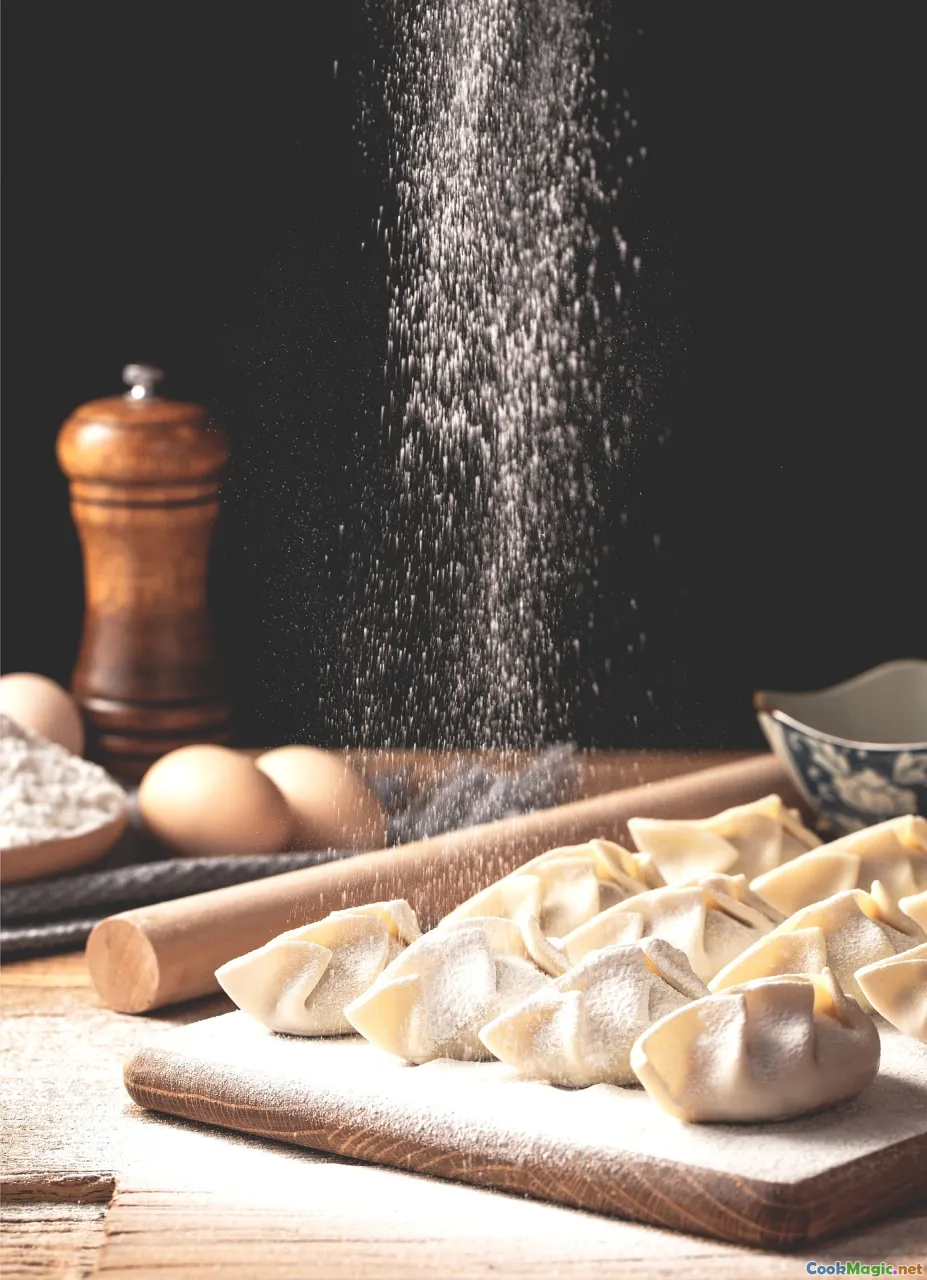
Traditional Tamal Varieties Across Central America
Imagine waking up to the tantalizing aroma of freshly steamed tamales wafting through narrow colonial streets, a comforting aroma that symbolizes family, tradition, and regional pride. Across Central America, tamales are far more than mere dishes — they are cultural touchstones, woven into the fabric of countless celebrations, rites of passage, and everyday family life. Each country, each town, has honed its own version of this ancient culinary art, resulting in a vibrant tapestry of flavors, textures, and stories waiting to be explored.
In this article, we’ll embark on a culinary journey through the diverse world of Central American tamales—delving into the distinct varieties, their historical roots, ingredient differences, and the rituals that keep these traditions alive. Whether you’re a seasoned chef, a curious foodie, or a cultural enthusiast, prepare to discover the soulful layers of Central American tamalology.
The Heartbeat of Central American Tamales: A Cultural Overview
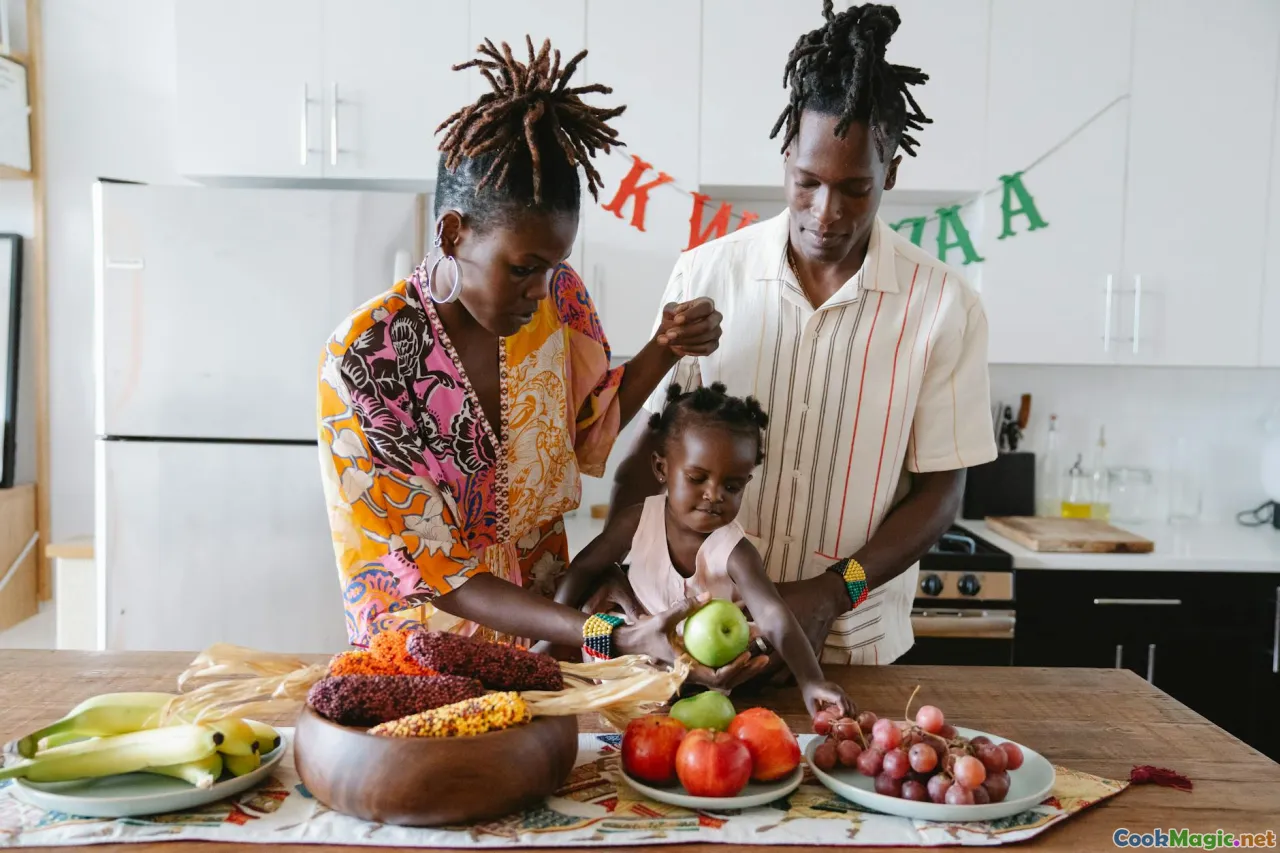
Across Central America, tamales are more than a dish; they are a vibrant thread in the social and cultural fabric. From the lively streets of Antigua in Guatemala to the coastal towns of Honduras, these hand-made parcels are woven into festivals like Semana Santa, Independence Day, and personal milestones such as weddings and baptisms.
Historically, tamales predate the arrival of Europeans, rooted deeply in indigenous Mesoamerican civilizations like the Maya and Nahua. Spaniards and other Europeans later incorporated their local ingredients, adapting recipes to regional tastes. Today, they symbolize communal effort, family bonding, and cultural resilience—a food born from necessity that has grown into an artisanal tradition.
The Anatomy of a Central American Tamal
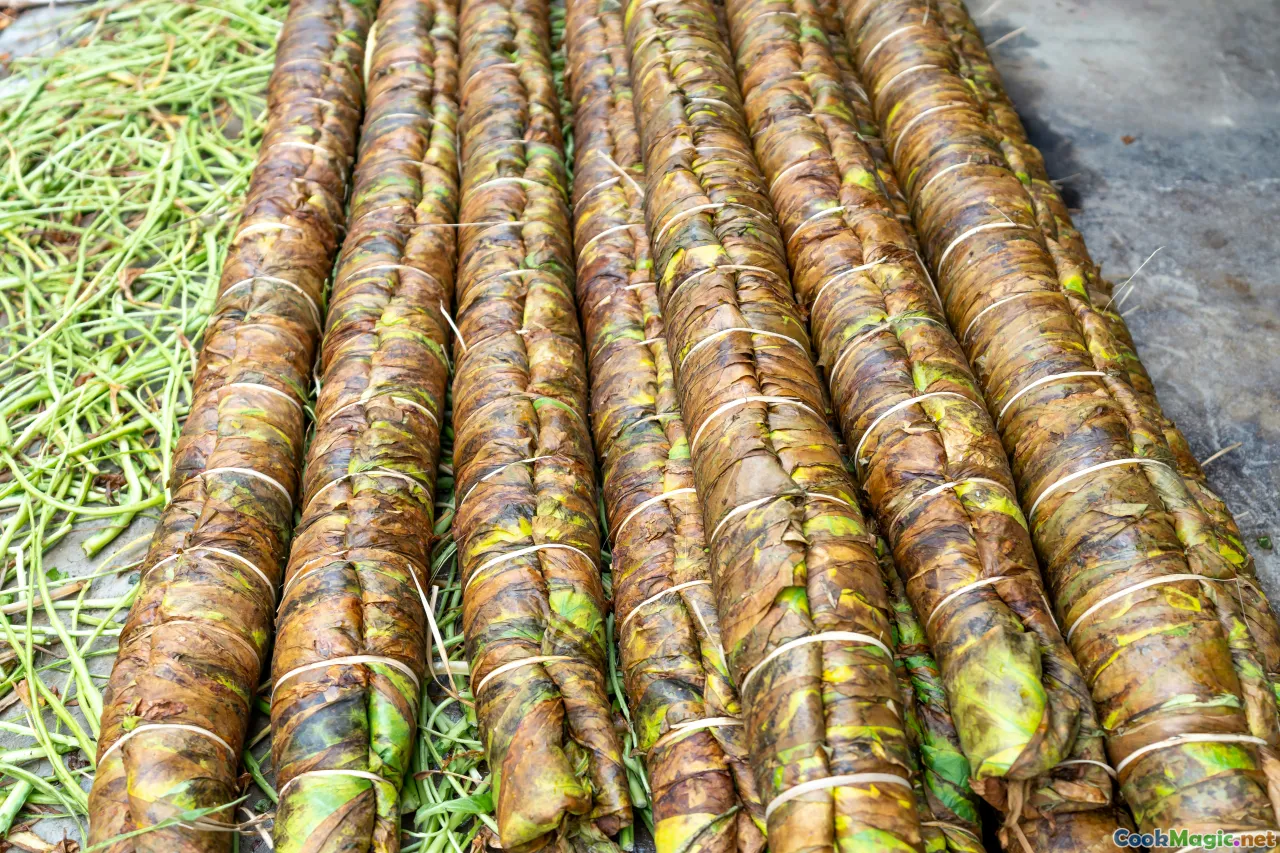
At its core, a traditional Central American tamal involves a few vital ingredients: a corn dough base, a flavorful filling, and a wrapping material—most commonly banana leaves or corn husks. The preparation begins with nixtamalized corn masa, which grants the tamal its distinctive tender yet resilient texture.
The filling varies widely—from seasoned meats, vegetables, and cheeses to sweet options involving fruits and sugar. The wrapped parcels are then steamed, awakening a complex aroma of corn, herbs, and spices, promising comfort in every bite.
Guatemala's Tamalitos y Tamales Colorados
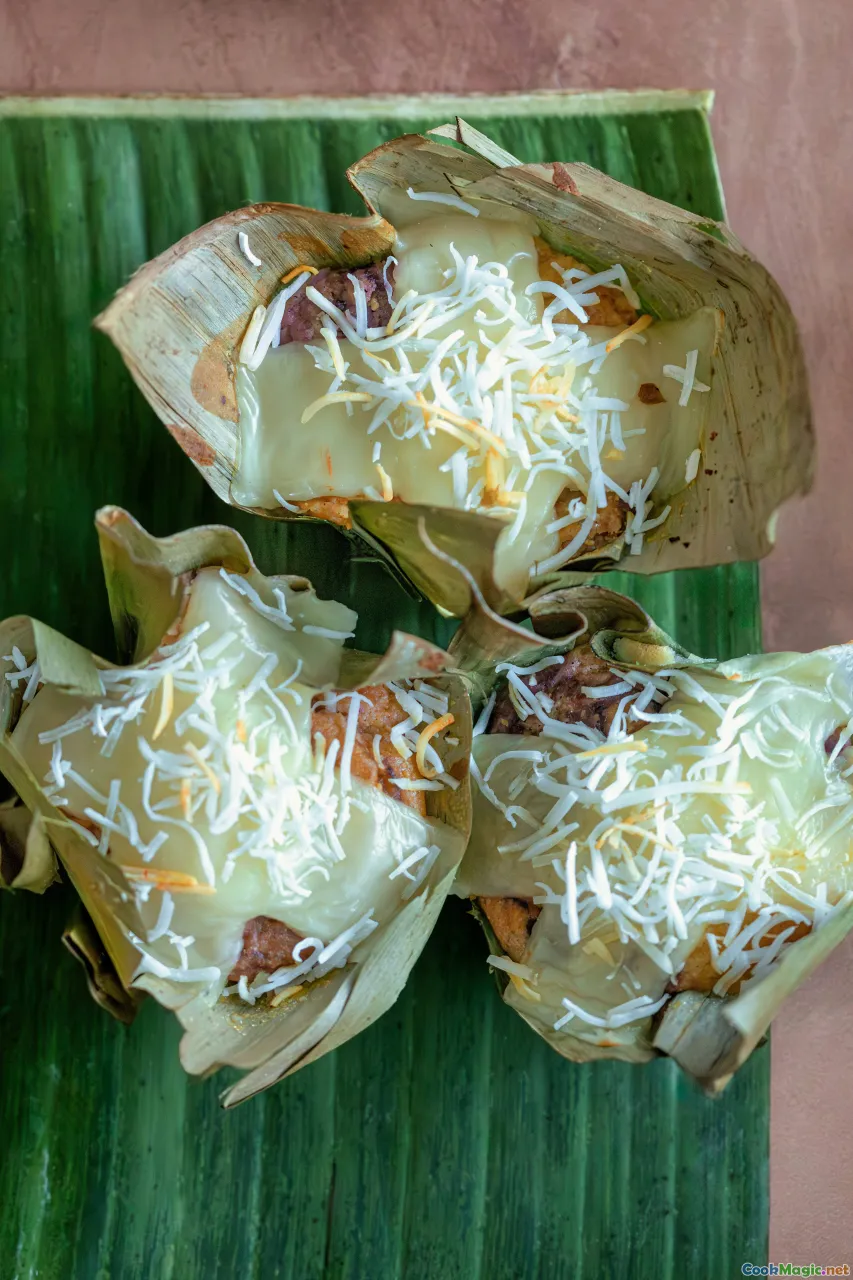
Guatemala offers a captivating diversity of tamales, each with unique regional signatures. Among the most iconic areTamales ColoradosandTamaleitos.Tamales Coloradosare hefty, vibrant, and deeply flavorful, characterized by a bright red sauce made from annatto seeds that infuse the dough with a rich earthiness and vivid hue. They often contain pork or chicken seasoned with marjoram, cumin, and sometimes olives or capers.Tamaleitos, smaller and more delicate, are common during family festivities and often wrapped in banana leaves. These contain a simple masa exterior filled with seasoned meats or beans, subtly flavored with local herbs. The houses of Antigua and Chimaltenango still witness lively tamal-making sessions during major religious festivals.
Honduras: From Pork to Sweets
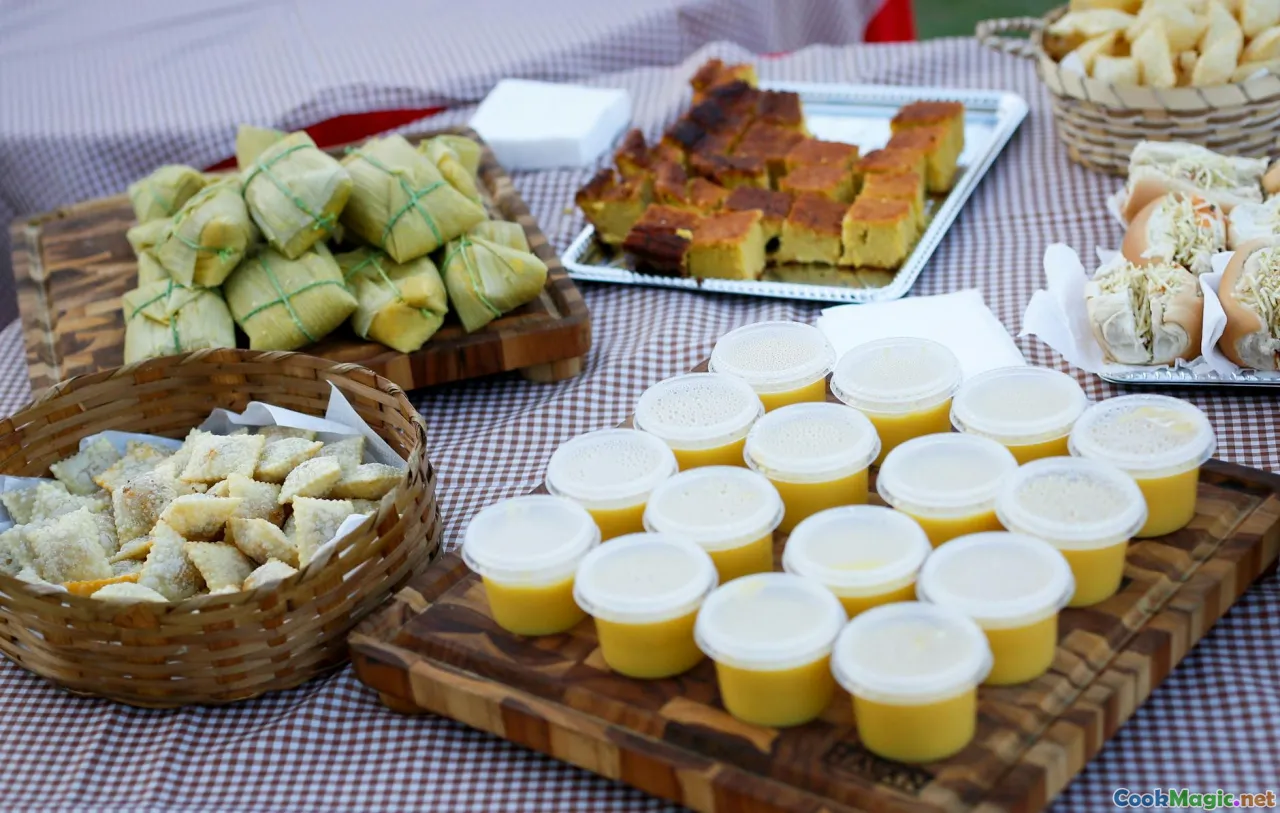
In Honduras, tamales reflect a blend of indigenous practices and Spanish influences. YupleandTamales de Cerdo are staples, where dough is often infused with vegetables such as bell peppers, or herbs like cilantro, to create a lush, aromatic base.
One characteristic dish is the Tamales de Dulce, a sweet variation filled with raisins, cinnamon, and sugar, sometimes containing dried fruits or nuts. These are especially popular during Christmas, where they’re shared in large FAMILY gatherings, celebrating together over steaming mugs of atol and sweet tamales.
In rural markets, vendors show off steaming trays, the aroma drawing locals and tourists alike—palpable warmth and nostalgia in every bite.
Nicaragua: Corn, Nut, and Spice
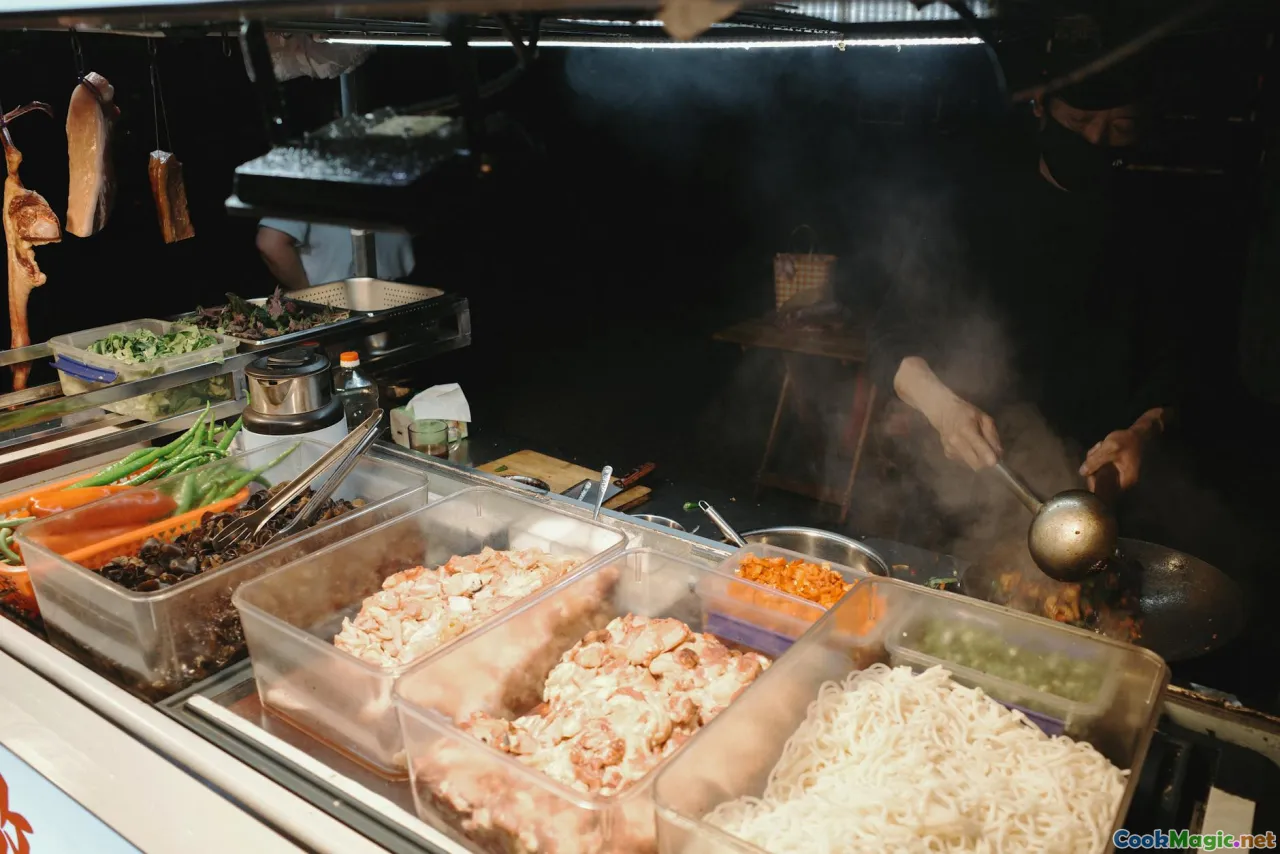
Nicaraguan tamales stand out for their hearty, flavorful fillings and use of distinctive local ingredients like peanuts, which lend a nutty richness. The traditional Nacatamale is a substantial creation wrapped in banana leaves, featuring a masa base infused with peppers and garlic.
The fillings often include pork with local spices, seasoned with achiote for color, alongside beans, rice, or even vegetables. Some regional recipes incorporate crushed peanuts into the masa or filling, adding a delightful crunch. Nicaraguan households often decorate their tamales with slices of plantain and accompany them with fresh sour oranges—combining tartness and sweetness.
Costa Rica: Unique Twists and Sweet Variations
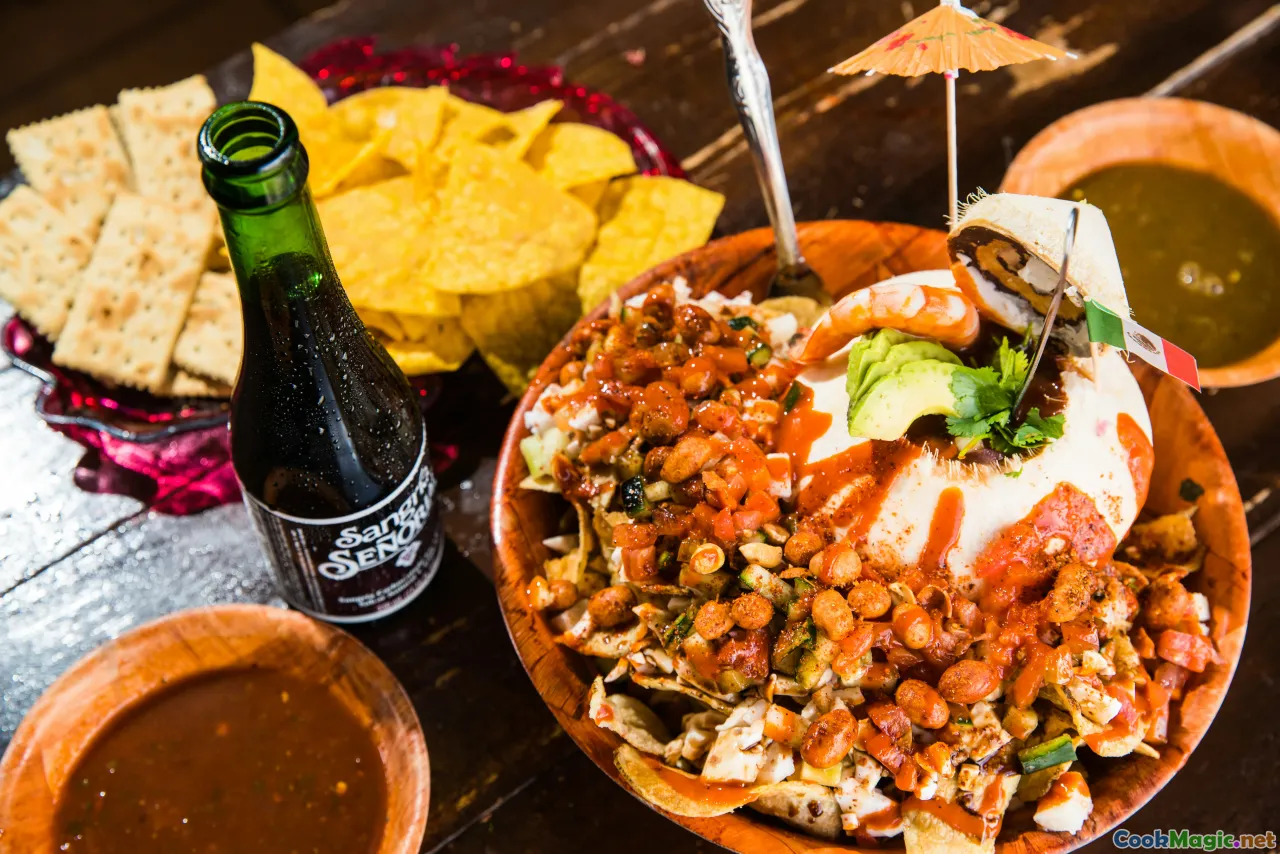
Costa Rican tamales are distinguished by their use of rice flour in the dough, making them lighter and slightly crumbly compared to other varieties. The country boasts both savory and sweet adaptations.
Costarricense Tamales Dulces feature a sweet filling with coconut, pineapple, or beans mixed with sugar, wrapped in banana leaves and steamed to perfection. This variation is common during Christmas, where families gather around to prepare and share these treats, filling the air with the aroma of coconut and caramel.
The savory versions might include seasoned chicken or pork with rice, vegetables, and menorquinas (small savory cakes made from corn), making them substantial enough to serve as a main course. Their light texture pairs beautifully with fresh Costa Rican salsas and tropical sips.
El Salvador’s Tamal Estilo Pipil
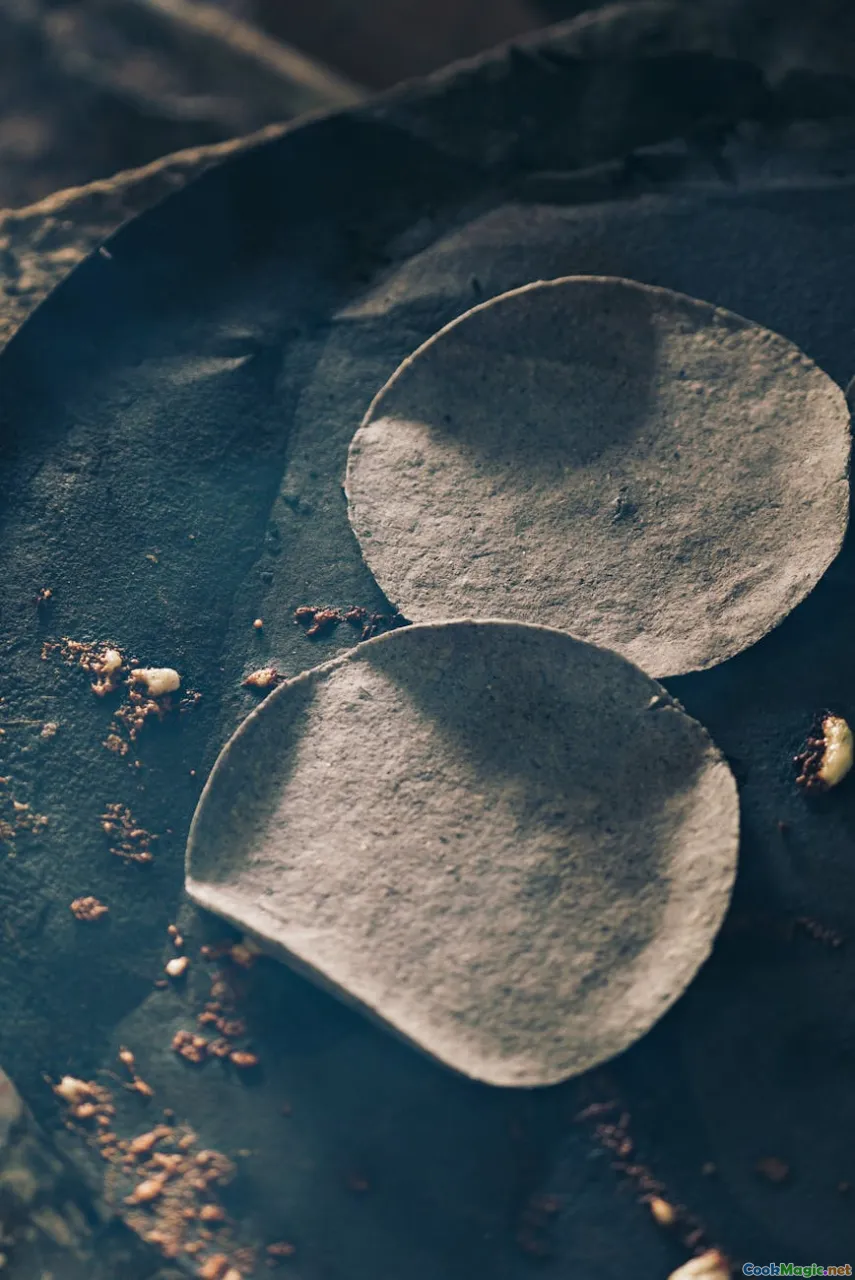
In El Salvador, particularly among the Pipil indigenous communities, tamales take on a simple yet profound form—Tamal Estilo Pipil. Made predominantly from finely ground maize, these are enveloped in banana leaves or corn husks, sometimes with a touch of lard for richness.
The fillings can be straightforward: boiled corn, herbs, and sometimes a sprinkle of cheese or beans. These tamales are often prepared during communal festivals, with families passing down the artisanal skills across generations, emphasizing the importance of maize as a cultural and spiritual staple.
Comparing and Contrasting: Regional Flavors and Techniques
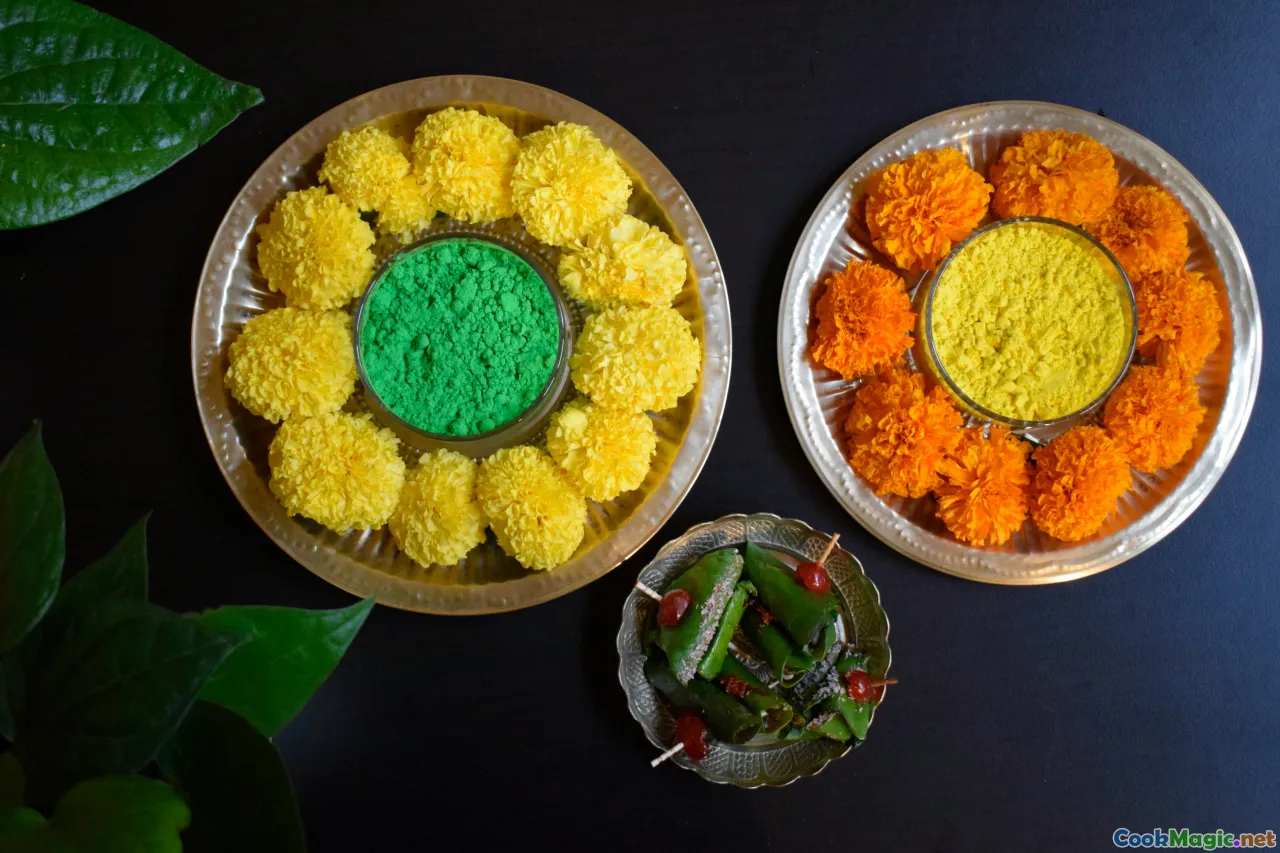
While the common thread in Central American tamales is corn-based dough, the regional variations are staggering. Guatemalan tamales boast vivid colors and robust spices, Honduran varieties lean into sweet and savory fruit and meat fillings, Nicaraguan tamales integrate peanuts and heartier spices, and Costa Rican versions favor a lighter, often sweeter approach.
Preparation techniques, wrapping materials, and cooking methods also vary—some communities prefer steaming in large earthenware pots, others use modern steamers. The choice of wrapping material influences the flavor: banana leaves impart a subtle smoky aroma, while corn husks give a more neutral presentation.
Understanding these nuances enriches the culinary experience and deepens appreciation for each recipe’s cultural significance.
Tips for Making Your Own Central American Tamales
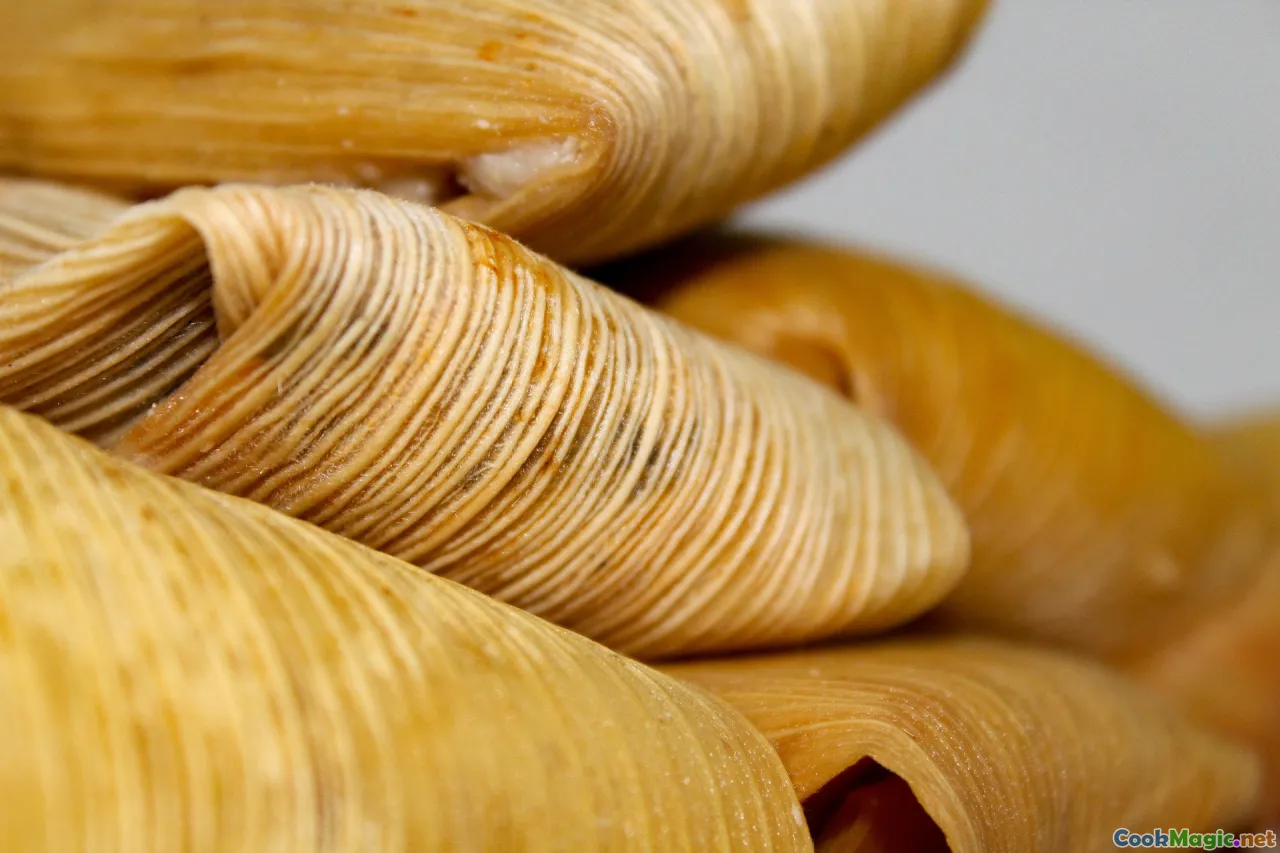
Thinking of trying your hand at making tamales from scratch? Here are some insights to help you champion this time-honored technique:
- Start with quality ingredients: Use fresh nixtamalized corn masa or make your own by soaking dried corn with lime.
- Choose your fillings mindfully: Classic options include seasoned pork, chicken, or beans, but don’t shy away from creative additions like plantains, peanuts, or cheese.
- Anoint your wrapping: Decide between banana leaves or corn husks—banana leaves add flavor and moisture, while husks are easier to find.
- Master the steaming process: Use a large pot with a steaming rack, ensuring ample steam and even heat.
- Patience is key: Steaming can take 1-2 hours; check water levels regularly to prevent burning.
Finally, enjoy the rewarding moment when unwrapping your homemade tamal, revealing tender, aromatic, and beautifully crafted morsels—a labor of love rooted in centuries of tradition.
Preserving and Celebrating Tamale Traditions

In an age of globalization and fast food, these culinary traditions need dedicated preservation. Many communities hold annual tamale festivals, workshops, and cooking classes to ensure that the techniques, stories, and flavors aren’t lost.
For the home cook, taking the time to research regional recipes, sourcing authentic ingredients, and involving family and friends in the process keeps these traditions vibrant. Sharing tamales—whether during holidays or casual gatherings—is a living testament to the resilience and richness of Central American cultures.
In embracing the diverse varieties, we celebrate not just a food but a collective heritage—a delicious embodying of history, identity, and community.
Whether you’re savoring a Guatemalan colorados on a festive day, learning the delicate art of Nicaraguan tamale making, or experimenting with Costa Rican sweet tamales at home, the journey through these recipes is a sensory voyage rooted in history and heart. Each tamal tells a story—of peoples, of lands, of memories echoed with every bite.
Engaging with these traditional varieties encourages a deeper appreciation for Central American cuisine—a resilient masterpiece of flavors, traditions, and love woven into every wrapper, every filling, and every steaming moment.









